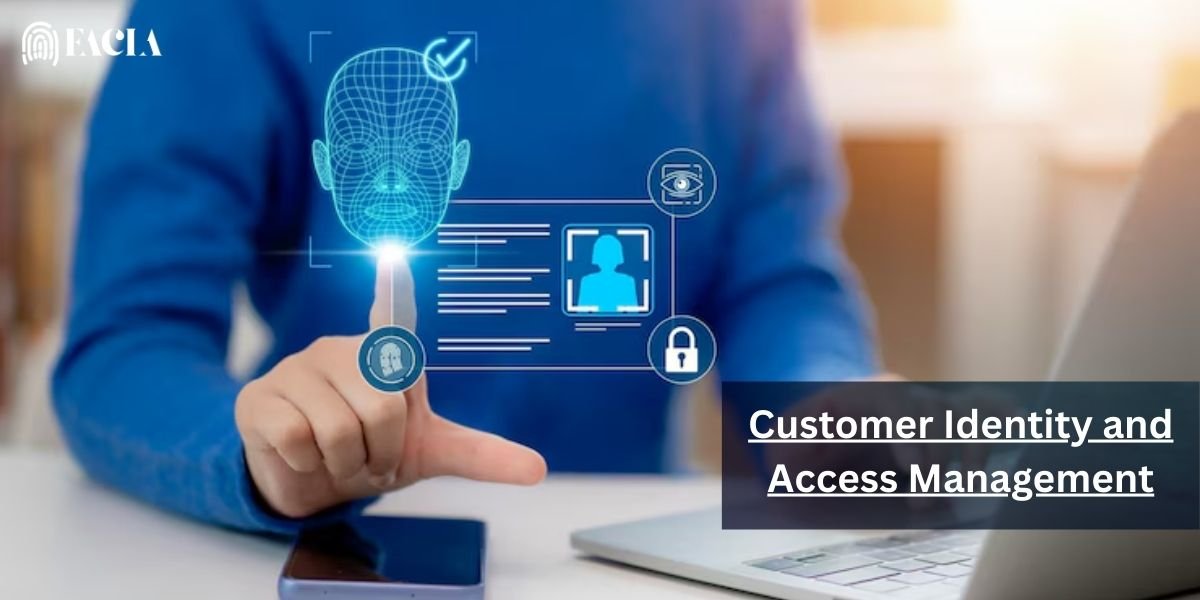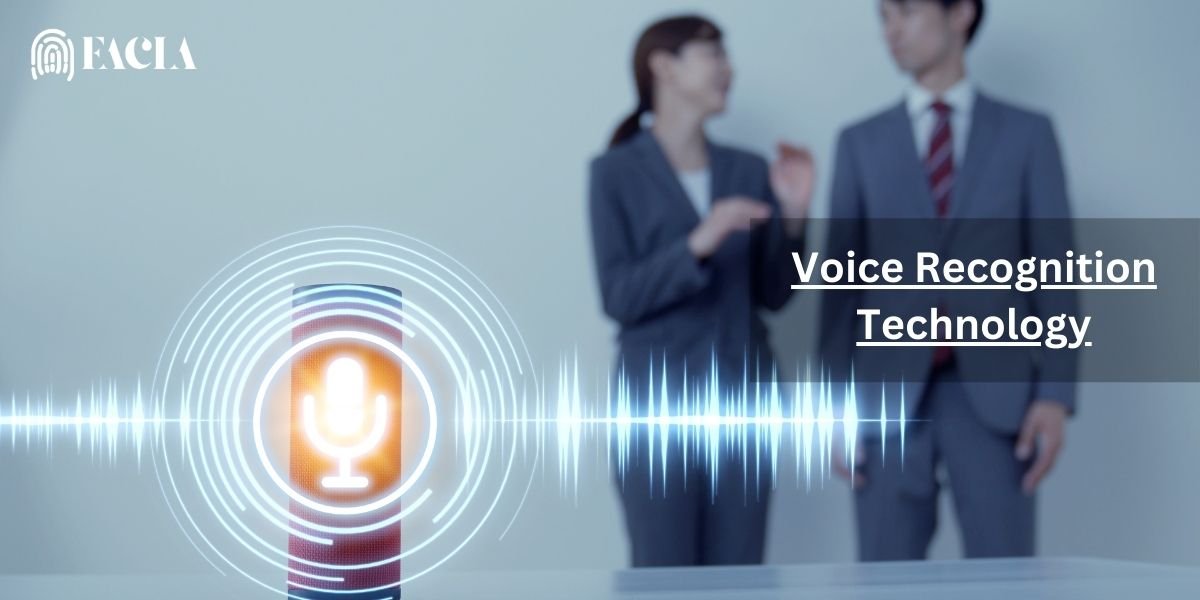Introduction:
Address verification is an essential process in confirming a person’s residency details for legal, financial, or government purposes. It helps companies ensure that the information they provide is accurate and dependable. When doing identity checks, opening an account, or signing up for a service, it is customary to ask for verification of the address of the user.
Address:
According to Wikipedia, The location of a building, apartment, or other structure, as well as a plot of land, is indicated by an address, which is a collection of data presented in a generally specified format. To make item delivery and identification easier, most addresses typically contain other identifiers, such as a postal code.
Read More:
| What is CIP in Banking? A Complete Guide to Customer Identification and KYC Procedures | Customer Identification Program (CIP) Explained | CIP vs KYC |
Components of an Address:
The following are some important components:
- Country
- Province
- Locality
- Street
- Postcodes
- House
- Building/sub-building
Address verification process:
Several steps, including character set mapping, validation, transliteration, formatting, and enhancing, are involved in the verification of the address process. Based on your specified settings, Informatica manages the verification process and provides the result.
After determining the nation, the AV engine analyzes the data and sends it to the proper ports.
The first step is followed by verification, formatting, transliteration, and enrichment.
Parsing: assigning addresses into the appropriate fields.
Analyze: Address verification validates addresses against postal data.
Formatting: Addresses are structured according to international postal standards.
Enrichment: For completeness, further information such as area names or postal codes may be included.
Verification: To verify the address’s legitimacy and correctness, it is verified in government databases.
Verification of Address Methods:
Government documents, online databases, and postal confirmations are just a few of the techniques available for verification of address. These techniques help to guarantee the reliability and authenticity of the address that has been given.
Physical submission of address:
The most common method is to provide physical copies or scanned versions of official documents, including utility bills, bank statements, or official identity documents. Your name and present address are displayed clearly in these documents. Even though it’s simple to understand, understanding the approval and review procedure might take a while.
System-based address confirmation:
Some companies use automated methods to compare your address with government or utility records. For example, they could verify your address using your national ID or the phone number linked to your account. This method is quick and safe, typically taking only a couple of seconds.
Address confirmation via postal mail delivery:
With this method, a company will send a postcard or letter to the address you have provided, along with a one-time PIN or code. You can enter this code online or over the phone to confirm that you actually live there. For online accounts in particular, it’s a reliable method of verifying your real address.
Legal affidavit confirming current address:
This official, legal document requires you to write down your address and get it signed in front of a notary public. When no other address documentation is provided, people commonly utilize it. As a backup or in cases such as residence verification for immigration or visa purposes, certain companies need this.
Difference between online and physical verification of address:
| Aspects | Physical verification | Online verification |
| Cost | Higher cost due to transportations and labor | Lower cost |
| Process | The provided address is visited by a field officer or person to confirm its authenticity. | Online databases or digital documents are used to confirm the address. |
| Time Requirement | Usually takes several day due to travel or other situations | Can be complete in hours and minutes |
| Effortlessness | Effortful for both verifier and resident | Effortlessness for both |
| Fraud Detection | There is a limited capacity to immediately identify fake papers. | Fraud detection is enhanced by advanced methods including data matching, barcode reading, and document scanning. |
| Chance of Manual Mistake | High due to manual process | Low because automatic detect mistake |
| Documentation | Required physical documents | Use scan or digital copies of documents |
| Data Security | Depends on any loss or damage | Due to digital coding it provide better security |
Accepted documents for address verification:
We will be discussing the accepted documents for verification of address. If you’ve ever wondered which documents you can use to verify your address, you’ve come to the correct place.
Utility Bill:
One commonly accepted document for verification is a utility bill. Bills for utilities such as gas, water, electricity, and landlines are examples of this proof. Make sure the bill is recent and display your name and address clearly.
Bank and credit card statement:
These statements are typically issued monthly and can serve as reliable verification of your address. Ensure that the statement is recent and includes your name and address.
Lease or rental agreement:
If you are living in a rented property, you can provide a lease or rental agreement as verification. This document should be signed by both you and your landlord or leasing company and include your current address.
Government-Issued Documents:
You can also use certain government-issued documents for address verification. These include:
Driver’s license:
A driver’s license typically contains your residential address.
Voter ID card:
If you have a voter identification card, it can be accepted as proof of address.
Passport:
If your passport contains your residential information, you can use it to verify your address.
Official letters or Correspondence:
In some cases, official letters or correspondence can be considered valid verification of address. Examples include letters from government agencies, educational institutions, or employers that are addressed to you and clearly state your residential address.
Other Documents:
Depending on the organization or institution, other documents may be accepted as verification of address. These can include:
Property tax receipt:
If you own property, a property tax receipt may serve as address verification.
Insurance tax return:
Some insurance policies, such as home or vehicle insurance, may contain your address.
Income tax returns:
You can accept your income tax return as verification of address because it frequently includes your residential details.
The accepted verification of address paperwork. Keep in mind that the particular requirements could differ depending on the institution or group you are working with, so make sure you follow their instructions to supply the right paperwork.
Some alternatives for verification of address:
There are several alternative ways to confirm someone’s address, depending on where it is located and the goal (e.g., banking, KYC, employment, or rental agreements).
Geolocation verification:
The GPS or internet connection of your mobile device is utilized by applications in order to verify your present position in real time.
Video KYC with address verification:
You join a live video call, provide your identification and a document proving your address to be accurate, and they verify it at the moment.
eKYC via Government Platforms:
You may verify your address online using a protected government portal (similar to Aadhaar in India), and there is no need to submit any papers.
Home visit verification:
In the case of banks or official checks, it is normal practice for a representative to visit your property to verify that you genuinely stay there.
Tips for accurate verification:
Here are some useful tips for accurate and smooth verification of address:
- Use latest documents
- Verify all personal info is clear or readable
- Provide officially recognized documents
- Read and follow all instructions accurately
- Do not modify the document
- Have a backup document on hand
Conclusion:
From opening a bank account to registering for government services, address verification is a simple but essential step in many daily procedures. In my experience, the procedure is swift and hassle-free if the appropriate paperwork is prepared and the directions are correctly followed. Verification of address, whether carried out manually or digitally, guarantees accuracy and confidence in identifying your residence. To prevent unnecessary delays, always keep your address documentation up to date.
Discover More:
| Facial Recognition Systems: Applications, Benefits, and Challenges | Digital Onboarding Solutions: How They Work, Their Benefits, and Challenges |





